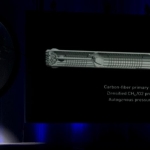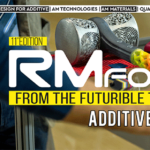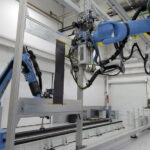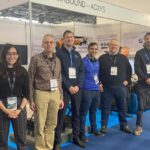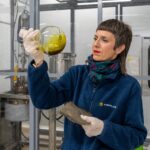SpaceX founder Elon Musk presented the carbon fiber spacecraft that could one day be taking us to Mars. He recently revealed his plans to not only travel to neighboring Mars and colonize it, but to travel even further away from our friendly local star, potentially to any far flung planetary destination in our Solar System. Most of the ship and the fuel tanks containing extremely cold liquid chemical fuel are made from a composite material comprising mostly of an advanced carbon fiber material. With its high tensile strength and increased flexibility combined with its low density, it is already being used for aircraft cladding to reduce weight and cost, and could now feature prominently in spacecraft too. The strength of carbon fiber is required to withstand the high pressures that the tank could be subjected to. One limiting factor for its uptake in the manufacturing of large scale designs is our current inability to produce panels of carbon fiber composite large enough to be used to make such panels. The composite nature of these carbon fiber panels throw up their own challenges. As these tanks will be containing the cryoliquids liquid oxygen and liquid methane, materials that would much rather be a gas at room temperature, they must be impermeable to both gases and liquids, and be strong enough to contain any potential change of state from liquid to gas (and therefore cope with any increase in pressure as the volume wants to increase). At extremes in temperature and pressure, materials like this are prone to cracking and delaminating. Initial tests show that these huge tanks are capable of withstanding the extremes in conditions that they may be subjected to on a mission like this, without even needing a metal lining inside the tank. This saves on mass, and therefore also saves money, but the challenge of creating these materials on the scales required to make the mass manufacture of these tanks a reality is the limiting factor here.
Photo Credit: AP Photo/Refugio Ruiz



